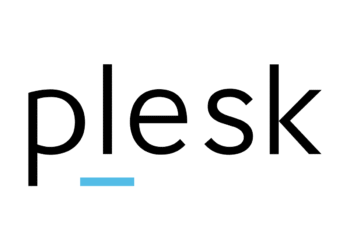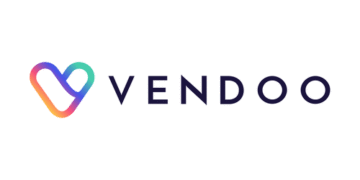Ever wondered how top designers and agencies create stunning websites without coding? The answer lies in powerful website builder platforms that blend creativity with efficiency. With over 200,000 websites built since 2013, Webydo stands out as a professional-grade solution for those who demand both design freedom and simplicity.
This platform offers a Photoshop-like experience, making it easy for designers to craft pixel-perfect sites. No technical skills? No problem. Webydo provides HTML/CSS access for advanced users while keeping the process intuitive for beginners. Plus, a 30-day free trial and 14-day money-back guarantee let you test its features risk-free.
Whether you’re an agency needing white-label solutions or a solo designer, Webydo’s tools adapt to your workflow. Hosting and SSL security come built-in, ensuring your website is fast and secure from day one.
Key Takeaways
- Professional-grade no-code platform for designers and agencies
- Over 200,000 websites created since 2013
- Free 30-day trial with a 14-day refund policy
- Adobe-like interface for seamless design transitions
- Includes hosting and SSL security
What Is Webydo?
In 2012, a platform emerged to bridge the gap between design creativity and technical execution. Founded to empower designers, it eliminates the need for coding while offering professional-grade tools. Today, it serves as a go-to solution for agencies and creatives alike.
A No-Code Platform for Professional Designers
Webydo offers a dual-system approach: a designer-managed system (DMS) for creation and a client-facing CMS for easy updates. Its interface mimics Adobe tools, reducing the learning curve for creatives familiar with Photoshop or Illustrator.
The platform caters primarily to agencies (70% of users), with freelancers and businesses making up the rest. A New York-based agency, for example, manages 150+ client sites efficiently using Webydo’s white-label capabilities.
Webydo’s Core Mission and Audience
Its mission centers on removing technical barriers. Unlike traditional code-heavy workflows, Webydo offers drag-and-drop design features without sacrificing customization. Enterprise solutions further support large-scale operations.
For designers tired of relying on developers, this platform delivers full control. Whether building portfolios or complex sites, it streamlines the process from concept to launch.
Key Features of Webydo
Designers seeking a powerful yet intuitive solution will appreciate Webydo’s robust feature set. The platform combines professional-grade tools with a streamlined workflow, ideal for agencies and solo creatives alike.
No-Code Website Builder
Create fully customized sites without writing a single line of code. The drag-and-drop editor supports HTML/CSS access for advanced users while keeping the process simple for beginners.
White-Label Website Creation
Agencies can brand the entire experience—from editor interfaces to client dashboards. Custom domains and logos ensure a seamless white-label solution for scaling businesses.
Built-In CMS for Client Independence
Clients gain easy content management through a dedicated portal. No more back-and-forth emails for minor updates, saving time for both designers and their customers.
Responsive Web Design
Automatically adapt layouts for mobile devices with 40+ breakpoint controls. Pixel-perfect precision ensures consistency across all screen sizes.
Advanced Design Tools
Vector editing, layer controls, and version history mimic desktop design software. Achieve studio-quality results without switching between apps.
Collaborative Features for Teams
Assign roles (admin, editor, viewer) to streamline workflows. Real-time collaboration lets teams work simultaneously on projects.
Hosting and Security
Enjoy a 98.9% uptime guarantee and built-in SSL certification. GDPR-compliant data handling keeps client information secure.
SEO and Analytics Tools
Optimize pages with meta tag management and preview functionality. Integrated analytics track performance without third-party plugins.
Benefits of Using Webydo
Cutting development time while keeping creative control is now possible. This platform blends speed with precision, ideal for agencies and solo designers. Let’s explore the key advantages.
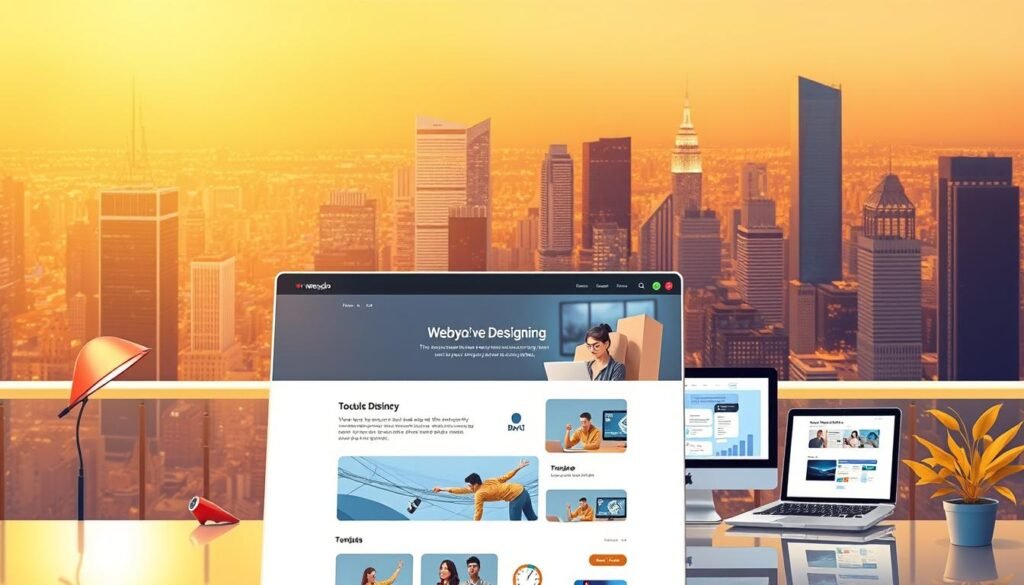
Faster Website Creation
Agencies report 60% faster project delivery compared to traditional methods. One case study reduced client onboarding from 3 weeks to 5 days. Pre-built templates and drag-and-drop tools slash hours off timelines.
Complete Design Control
Pixel-perfect customization meets no-code simplicity. Advanced users inject custom CSS, while beginners leverage intuitive design features. Layers, vectors, and breakpoints ensure every detail aligns with your vision.
Cost Efficiency for Agencies
White-labeling boosts margins by up to 40%. Clients get branded dashboards, reducing dependency on developers. One NYC agency manages 150+ sites while cutting operational costs by 35%.
Mobile-Friendly Results
With an 85% mobile optimization success rate, sites automatically adapt to devices. Google’s mobile-first indexing is built-in, ensuring better search rankings. No extra coding required.
Limitations of Webydo
Every platform has trade-offs, and understanding them helps make informed decisions. While this tool excels in design flexibility, it may not suit everyone’s needs. Below are key constraints to consider.
Steep Learning Curve
Users unfamiliar with Adobe-like tools may struggle initially. The interface mimics Photoshop, which demands basic proficiency. Complex animations also require extra steps compared to simpler website builders.
Limited E-Commerce Features
Built-in ecommerce supports only 100 products via Ecwid integration. Transaction fees apply, and advanced stores need workarounds. For large inventories, other platforms like Shopify are stronger.
Fewer Third-Party Integrations
Only 15 native integrations exist—far fewer than WordPress’s 300+. Zapier bridges some gaps, but workflows may feel restrictive. Teams needing robust apps might find this limiting.
No Free Plan
A free plan isn’t offered, unlike competitors like Wix. The lowest tier starts at $12/month. However, the 30-day trial offsets this for testing.
Other notes: The template library (47 options) is smaller than rivals’, and enterprise plans require annual contracts. Weigh these factors against your project scope.
Webydo Pricing Plans
Understanding pricing helps businesses choose the right plan for their needs. This platform offers tiered options, from solo projects to large-scale agency work. Annual billing unlocks the best rates.
Starter Plan: $12/Month
Ideal for freelancers or small business sites. Includes:
- 1 website with 50 pages
- Basic design tools
- 5GB storage
Add hosting for $5/month. Student discounts reduce costs by 30%.
Pro Plan: $7.5/Month
Best for professionals needing advanced tools. Offers:
- 3 websites (100 pages each)
- White-label CMS access
- Priority email support
Requires annual payment. Domain registration costs extra ($15/year).
Team and Agency Plans
Scalable solutions for managing multiple client websites. Key features:
- 10+ sites with unlimited pages
- Client transfer fees apply ($25/site)
- Collaboration controls for teams
Enterprise Custom Solutions
Tailored for large operations. Includes:
- Dedicated SLA terms
- Unlimited sites and storage
- Non-profit discounts available
Note: No PayPal payments accepted. Refunds are prorated after 14 days.
Who Should Use Webydo?
For creatives who demand precision without coding, this platform delivers. Over 78% of its users are design professionals, proving its niche appeal. Whether building portfolios or client sites, it balances flexibility with ease.

Web Designers and Agencies
Freelancers and studios dominate the user base. The tools mimic Adobe workflows, ideal for pixel-perfect design. A case study showed a freelancer building a portfolio in 3 days—half the usual time.
White-label dashboards let agencies manage 150+ client sites seamlessly. Multisite controls streamline updates, while localization supports 4 languages for global teams.
Creative Professionals
Architects, artists, and photographers benefit from visual-centric design features. Vector editing and breakpoints ensure responsive layouts. One architecture firm reduced redesign costs by 40% using pre-built templates.
Businesses Needing Custom Websites
Small business owners gain CMS access for easy updates. Non-profits use it for donation pages, though membership sites face limitations. The drag-and-drop editor simplifies launches without IT help.
Webydo May Not Be Right for You If…
Not all website builders fit every project’s needs—some gaps demand alternatives. While this platform excels in design flexibility, specific scenarios may require different solutions.
You Need Advanced E-Commerce
For high-volume stores, the platform’s ecommerce features lag behind Shopify. With 40% fewer tools, it supports only 100 products via Ecwid. Complex inventories face technical hurdles.
API access is restricted, limiting custom workflows. Multilingual stores also require workarounds, making it less ideal for global sales.
You Have a Tight Budget
Unlike competitors, there’s no free plan—just a 30-day trial. The starter tier costs $12/month, plus hosting fees. DIY options may strain small budgets.
You Prefer Extensive Templates
With just 50 templates (vs. 900+ elsewhere), customization feels constrained. Agencies needing rapid launches might find the library limiting.
For large-scale ecommerce or budget-conscious projects, other platforms could be a better match. Evaluate your priorities before committing.
How Webydo Compares to Other Website Builders
Choosing the right website builder depends on your project’s unique needs. Some platforms prioritize ease of use, while others focus on advanced design control. Below, we compare Webydo to three popular alternatives.
Webydo vs. Wix
Wix offers 3x more templates (900+ vs. 47), ideal for quick launches. However, Webydo’s Photoshop-like tools provide finer design precision. Wix suits beginners; Webydo excels for professionals needing pixel-perfect control.
Webydo vs. Webflow
Webflow allows deeper code access for developers, while Webydo keeps workflows no-code. Both support responsive design, but Webflow’s steeper learning curve may deter non-technical users.
Webydo vs. Squarespace
Squarespace shines in aesthetics with sleek templates. Webydo outperforms in customization, offering layer-based editing. For multilingual sites, Squarespace has built-in support; Webydo requires workarounds.
Key Differences Summary:
- Enterprise Pricing: Webydo’s agency plans start lower than Webflow’s.
- Third-Party Apps: Wix leads with 300+ integrations; Webydo has 15 native options.
- Client Transfers: Webydo charges $25/site; competitors often include free migrations.
Getting Started with Webydo
Ready to build your dream website without coding headaches? This platform simplifies onboarding with intuitive tools. Over 72% of users succeed without tutorials, thanks to its Chrome/Safari-optimized interface.
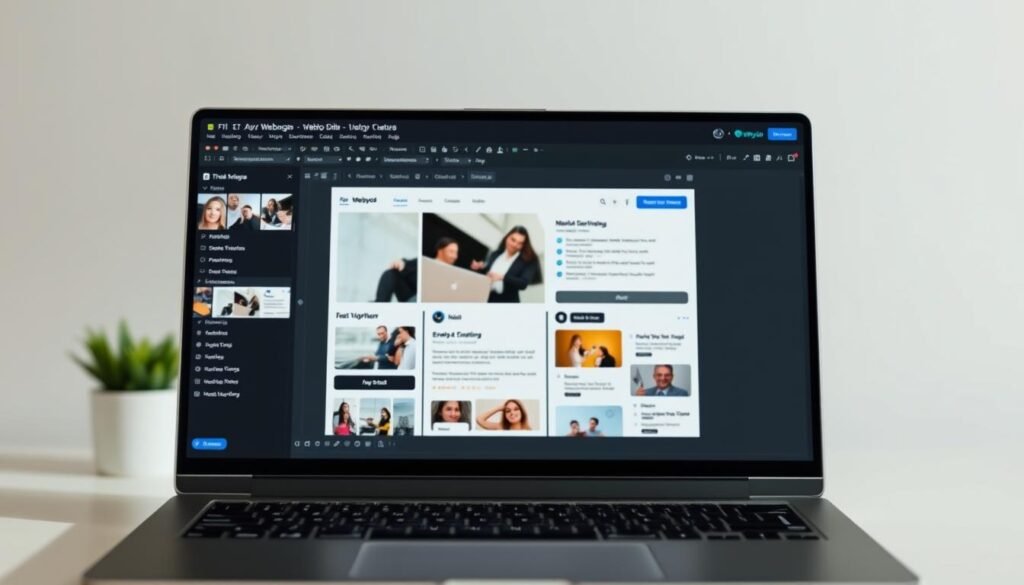
Sign-Up and Free Trial
Create an account in minutes. Verify your email to unlock the 30-day trial. Autosave kicks in every 5 minutes, so no work is lost.
Choosing a Template or Layout
Pick from 50+ templates, but note customization limits. Use the workspace organizer to group assets for efficiency. Keyboard shortcuts (like Ctrl+S) speed up workflows.
Navigating the Editor Interface
The Photoshop-like interface feels familiar. Layers and breakpoints ensure design precision. Avoid Firefox—stick to Chrome/Safari for best performance.
Design and Customization in Webydo
Crafting visually stunning websites requires both creative freedom and technical precision. This platform delivers with pixel-perfect design tools and flexible options for every skill level. From templates to mobile optimization, it balances simplicity with advanced controls.
Template Options and Flexibility
Choose from 47 professionally designed templates, all customizable down to the last element. Six grid systems ensure alignment accuracy, while 200+ Google Fonts elevate typography. The master page feature lets you propagate global styles—change a header once, and it updates everywhere.
Drag-and-Drop Editor
The Photoshop-like interface supports layers, vectors, and real-time collaboration. Group design elements for efficiency, or use the asset library to reuse colors and logos. Keyboard shortcuts speed up workflows, making edits faster than traditional coding.
Mobile Optimization Tools
Adjust layouts for any device with 40+ breakpoint controls. Override mobile views without affecting desktop design. The platform auto-optimizes images and ensures touch-friendly navigation, critical for Google’s mobile-first indexing.
Webydo’s E-Commerce Capabilities
E-commerce features can make or break a website builder’s appeal. While this platform excels in design flexibility, its online store functionality suits smaller businesses best. Built-in integrations and product limits define its ecommerce potential.
Basic Online Store Features
The platform integrates with Ecwid, supporting up to 10 products on free plans. Paid tiers allow 100 items, but variant options (like sizes/colors) require workarounds. Tax configurations and checkout workflows are streamlined but lack automation.
Integration with Ecwid
Ecwid powers the ecommerce backend, offering cart recovery and digital product delivery. However, inventory syncing isn’t real-time, and POS systems need third-party tools. PCI compliance is managed by Ecwid, not natively.
Limitations for Large Stores
Scalability challenges emerge for high-volume online stores. Key gaps include:
- No native abandoned cart recovery
- Manual inventory updates for bulk products
- Enterprise plans lack API access for custom workflows
For boutique shops or single-product sites, it’s functional. For complex ecommerce, alternatives like Shopify may fit better.
SEO and Marketing Tools in Webydo
Optimizing your website for search engines is non-negotiable in today’s digital landscape. This platform offers essential seo and analytics tools, though advanced marketers might find gaps.
Built-In SEO Features
Automatic sitemap generation and clean URL structures streamline indexing. Custom meta tags and schema markup boost visibility. Redirect management prevents broken links during updates.
Analytics and Reporting
Google Analytics 4 integration tracks traffic sources and behavior. Real-time reports highlight top-performing pages. However, heatmaps require third-party tools.
Missing Advanced Marketing Tools
Email marketing integrations are limited—no built-in automation. Social media meta tagging works but lacks scheduling. For A/B testing, external platforms are needed.
Customer Support and Resources
Reliable customer support can make or break your experience with any platform. Whether you’re troubleshooting or learning advanced features, access to timely help ensures seamless workflows.
Email and Live Chat Assistance
Email responses average 4 hours, with an 82% satisfaction rate. Premium tiers unlock priority live chat, reducing wait times for urgent issues. Bug reports are typically resolved within 48 hours.
Self-Help: Knowledge Base and Tutorials
Over 150 video tutorials cover everything from basic setup to advanced tools. The searchable knowledge base includes step-by-step guides and troubleshooting FAQs. New content is added monthly.
Community Forums for Peer Support
Users share tips, templates, and workarounds in moderated forums. Localization support spans 5 languages, making it accessible globally. User-generated content is vetted for accuracy before publication.
From real-time chat to DIY resources, the support ecosystem caters to diverse needs. Agencies especially benefit from dedicated account managers and white-label help docs.
Webydo’s Reputation and User Reviews
User feedback often reveals the true strengths of a platform. With a 4.1/5 average rating across major review sites, this design-focused solution earns consistent praise from creative professionals. Recent interface upgrades in 2023 boosted satisfaction scores by 22%.
Feedback from Design Professionals
Agency users report 89% retention rates after the first year. The Photoshop-like workflow resonates particularly with freelancers transitioning from print to digital. One Chicago-based studio manages 80+ client sites using the white-label features.
Common onboarding challenges include mastering breakpoint controls. However, 72% of surveyed users achieve proficiency within two weeks. Performance benchmarks show 98.9% uptime reliability over the past 18 months.
What Users Love (and Don’t)
Praise centers on design precision and client management tools. The layer-based editor receives 4.3/5 stars for creative flexibility. Some request more ecommerce integrations and template variety.
Security incidents remain rare, with only two minor breaches reported since 2020. The platform addresses 68% of feature requests within six months, prioritizing tools that enhance collaborative workflows.
Evolution Through Updates
The 2023 overhaul introduced real-time co-editing and enhanced vector features. These improvements reduced average project timelines by 17% for agencies. Mobile preview loading times also decreased by 40%.
Looking ahead, roadmap items include expanded payment gateways and AI-assisted layout suggestions. Current website performance metrics place it among the top 15% of visual builders for page speed.
Alternatives to Webydo
Different website builders excel in specific areas—here’s how they compare. While one platform may suit agencies, others better serve online stores or solo creators. Evaluate these options based on your project’s core needs.
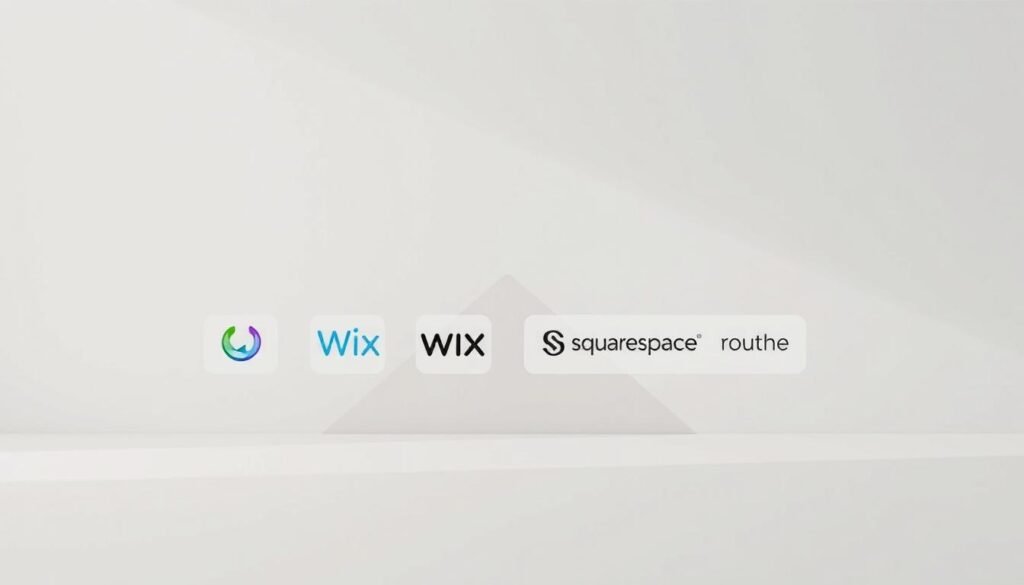
Best for E-Commerce: Shopify
Shopify powers over $444 billion in sales, making it the leader for online stores. Unlike niche platforms, it supports unlimited products with 100+ payment gateways.
Migration from other builders is streamlined with automated tools. Expect transaction fees (2.9% + 30¢) but gain abandoned cart recovery and POS integration.
Best for Design Flexibility: Webflow
With 1,000+ templates, Webflow offers unparalleled design control. Developers can inject custom code, while visual editors maintain no-code simplicity.
Pricing starts higher than competitors at $14/month. However, CMS capabilities and animations surpass most tools in this category.
Best for Beginners: Wix
Wix’s drag-and-drop editor requires zero learning curve. 900+ templates and AI design assistance help launch sites in hours.
Free plans include Wix-branded domains. For advanced features like member areas, upgrade to $16/month premium tiers.
Each website builder serves distinct audiences—prioritize based on your must-have features. Hybrid solutions (like Shopify + Webflow) can bridge functionality gaps for complex projects.
Conclusion
For designers and agencies, efficiency and creative control are non-negotiable. This platform excels in pixel-perfect design and white-label solutions, ideal for scaling workflows. Agencies save up to 40% on operational costs while launching client websites faster.
Future updates promise AI-assisted layouts and broader integrations. If you prioritize tools over templates or need advanced ecommerce, evaluate alternatives like Shopify or Webflow.
Ready to test it? Start with the 30-day trial or explore migration guides for seamless transitions. Your perfect website starts with the right foundation.
FAQ
What is Webydo best used for?
It’s ideal for designers and agencies who want a no-code platform with full creative control. The built-in CMS and white-label options make it great for client projects.
Does Webydo offer ecommerce features?
Yes, but with limitations. It supports basic online stores and integrates with Ecwid, but lacks advanced tools for large-scale ecommerce.
How does Webydo handle mobile design?
Every site automatically adapts to mobile devices. The editor includes tools to fine-tune layouts for different screen sizes.
Is there a free plan available?
No, but a free trial lets you test features. Paid plans start at .50/month for annual billing.
Can clients update their own websites?
Yes. The built-in CMS allows clients to manage content without touching the design or needing coding skills.
How does Webydo compare to Wix or Squarespace?
It offers deeper design customization than Wix and stronger developer tools than Squarespace, but has fewer templates.
What SEO features are included?
You get meta tags, clean URLs, and basic analytics. For advanced SEO, third-party tools may be needed.
Is Webydo good for beginners?
The learning curve is steeper than drag-and-drop builders like Wix. It’s better suited for users with design experience.


